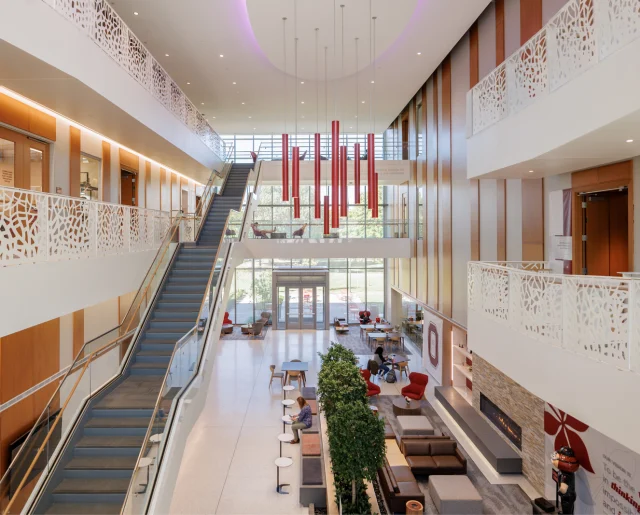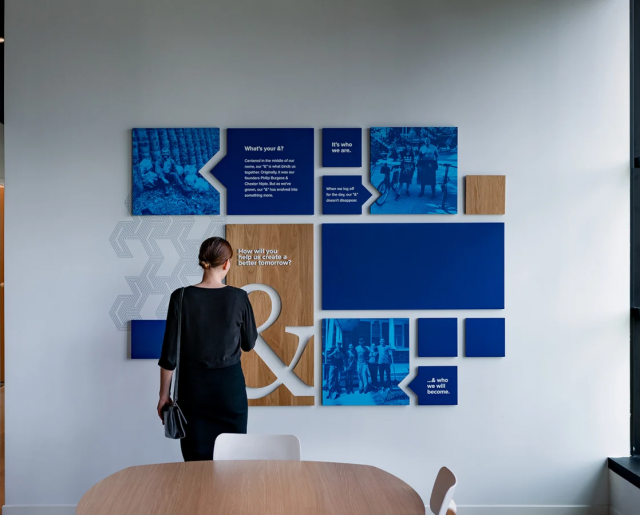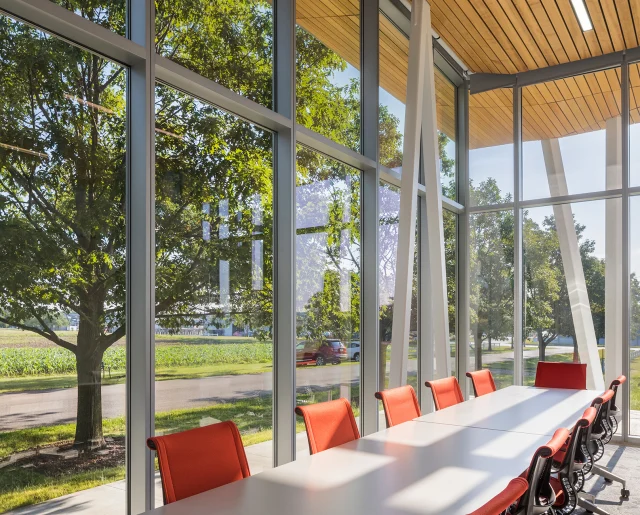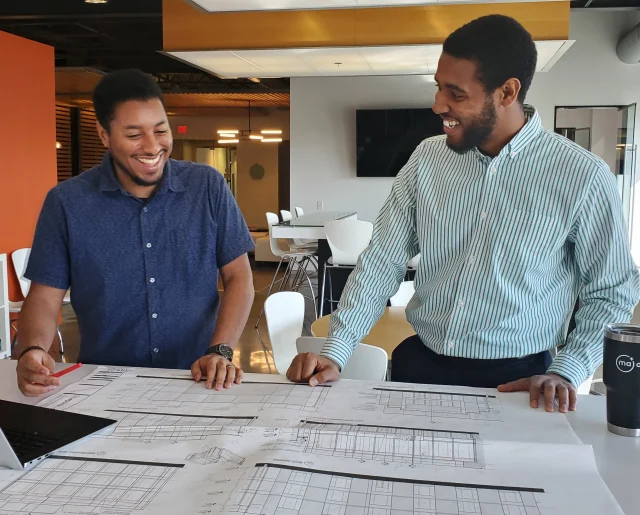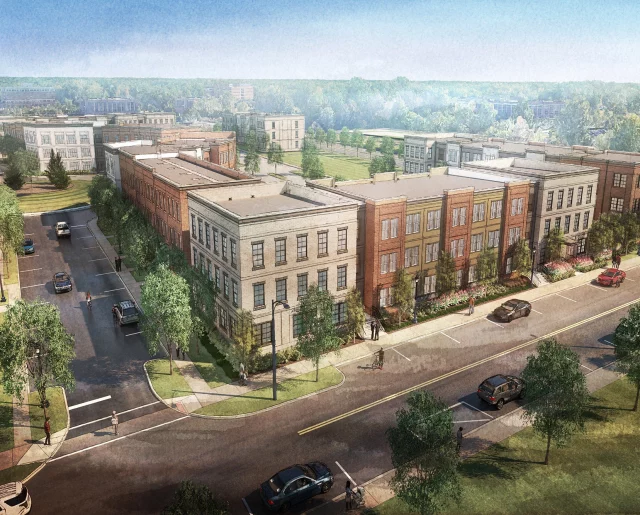Why 2023 is not 2008: What You Need to Know to Be Prepared for the Dip, Not Dive, of the Upcoming Recession Everyone Has Been Talking About.

As we are all still coming to terms with living in an endemic stage of the pandemic, many are worried about another looming event – a recession. With the Federal Reserve’s recent hike of the interest rates to help cool rising inflation, many businesses are trying to figure out if we are heading for a dip or a dive. I will freely admit that I am not an economist, and I also want to acknowledge that this is a very complex subject and many factors may affect sectors differently, but there are many signals I think we can use to help ease some of the rising fears.
The recession of 2008 was due to poor spending habits, high interest rates, and people and businesses overextending themselves financially. This, coupled with the lack of oversight in the banking system and other parts of the financial industry, led to the Stock Market crash, and have been shown to be the avoidable causes of the Great Depression that lasted from 2007 to 2009.
Much of this has been addressed with new regulations and more restrictions on lending practices. I say take some comfort in that. However, that does not mean there will not be a recession in 2023.
The main reason we could see a recession in 2023 is mostly due to supply-and-demand. Due to the pandemic, the world’s supply of goods across all sectors plummeted, and it has had a hard time bouncing back. Just take a look at the issues we are still seeing with getting goods off of the ships and out of harbors around the country. Unfortunately, our demand keeps going up, which drives inflation. Typically, we want to see inflation grow at about 2% every year if the economy is doing well. We are at roughly 9% as of July.
So, what steps are being taken to help reduce the rate of inflation? The Fed is trying to course correct by raising interest rates to slow our demand and spending. This will naturally lead to businesses and consumers spending less, thereby creating a dip in growth, or a small recession. This could mean projects slated to move forward may stall, but ultimately not canceled. That might actually be a good thing as we are seeing burnout in many industries that could use a bit of a slowdown.
As a company, we at MA Design went through an Antifragile exercise toward the tail end of 2020. Because of this exercise, we knew we would need more varied services in the future to help keep us sustained during times of crisis. This is what companies need to be doing now to prepare for what’s coming.
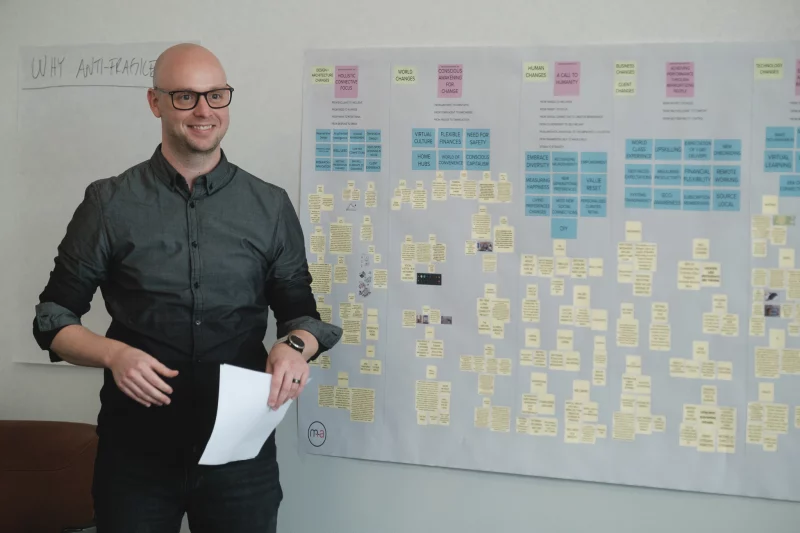
So, what does this mean? Looking ahead, here are the four tips I would suggest as we enter a slowdown in our economy that can help you and your business to be prepared and stay top of mind with clients and consumers:
- Consider what your value-add is. As consumers and businesses look to spend less, make sure that they know your values to make them want to spend the dollars they have with a company they feel aligned with. I call 2022 the Great Realignment for a reason because many people are looking for companies to work for and spend their money with due to what they now prioritize versus spending in complete alignment with the masses.
- Focus on local. One main reason for this is that it is harder for local companies in a recession because it costs them a bit more to produce their goods. However, this could mean their supply might proceed at a steadier and more reliable pace. If you are able to get new goods and resources that are locally sourced, like a local farmers market, this will also resonate well with your customers, clients, or consumers as it also demonstrates your commitment to the community.
- Focus on Wellness. We all recognize how important our own health and well-being are today. Many are spending more on self care as part of the Caring Economy than they were in 2008. This is an area where if you can provide wellness through respite, wellness literacy, or being regenerative to the wellness of the community as a whole that will be a sustainable draw for many consumers.

- Embrace the Pivot. If we learned anything from the pandemic, it’s that we all need to be able to pivot. Many companies survived lockdown by figuring out what their secondary offering could be that would be most needed during those times. So, can you pivot to offer something new that might be needed by more than just your normal customer? For example, if we look at generational needs as a whole, some of the top needs that many have are digital literacy and continued upskilling. Providing these as services can help bring new demographics and loyalty to your business and brand.
Resiliency is key moving forward. Develop your Antifragile standards today to be nimble and proactive throughout the upcoming recession.

